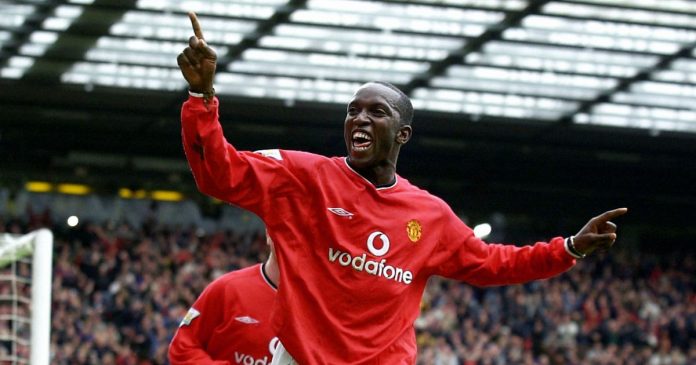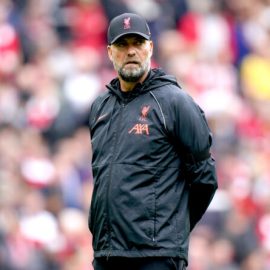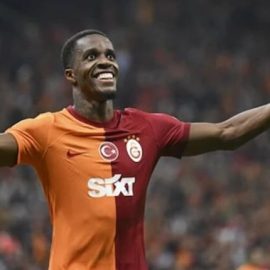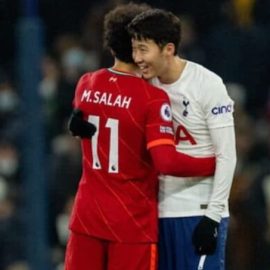It’s been a strenuous summer for Harry Redknapp in every way. He was back in court regarding the ongoing investigation into tax evasion of which he is still to clear his name; he had to persistently deal with questions regarding the potential sale of his star player; and has struggled to penetrate the transfer market in the way he had wished. His troubles still have the potential to ease: with an opportunity to clear his name in court; there are just over two weeks to bring in reinforcements; and Luka Modric appears to be lessening his desire for immediate departure.
However, what must still be aggravating the Tottenham boss is a predicament that existed for the entirety of last season, and one that he looked no closer to solving by the time Spurs were consigned to playing in UEFA’s second tier competition for the 2011/2012 season. For Redknapp the dilemma started on the afternoon of the 31st August 2010, when his Chairman informed him that he had the opportunity to pull off the coup of the transfer window by signing Dutch star, Rafael van der Vaart. Reacting quicker than a greyhound out of the trap, Redknapp authorised the go ahead and had the former Real Madrid man in place for Tottenham’s next match at West Bromwich Albion.
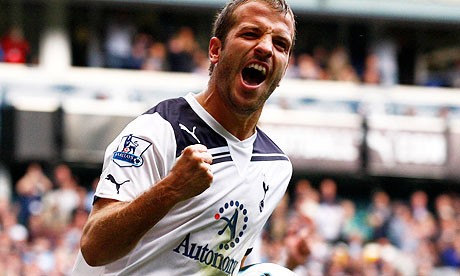
Van der Vaart shone from the moment he touched down on English soil, scoring seven goals in his first six home matches and turning in match winning performances with supreme consistency. Nevertheless, as the patrons of Tottenham Hotspur were pleasured with sumptuous touches, lavish tricks and fatal finishing from the charismatic Dutchman, there was a quandary emerging for the Spurs manager. While playing a scintillating and at times spontaneous brand of football that had much of Europe purring (particularly in the UEFA Champions League), Tottenham were failing to score with such regularity as they had the season before. More perturbing than that was the absence of attacking identity the team had in the way that it went about challenging the opposition compared to the 2009/2010 campaign.
In that season (the club’s most successful since the inception of the Premier League) Tottenham played with a 4-4-2 that petrified and damaged their opposition. It’s a formation that saw Spurs rack up large scores throughout the course of the season. In contrast they spent much of last year with a 4-5-1 set up, thanks largely to the introduction of van der Vaart into a position just behind a lone striker. Consequently, the team from North London only scored three or more goals in six league games, with all fifteen goals from those matches arriving when Spurs had two strikers on the pitch playing a form of 4-4-2. Out of those six games, the only one in which they did not start with a 4-4-2, was a game that they trailed 2-0 at half time, but had won 2-3 at full time after the introduction of a second striker. Indeed, a number of the afore mentioned games saw van der Vaart play a very major part, but he did this with two strikers in front, allowing him to occupy a slightly deeper position with both centre backs engaged amid the two forwards.
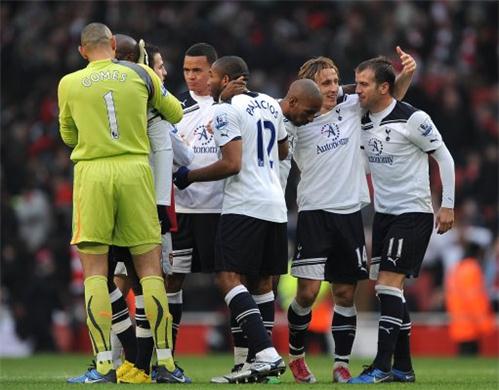
This is not to say there is no place for van der Vaart in a 4-5-1 set up, indeed the shape was well suited to the Champions League and a number of challenging fixtures away from home. Nonetheless, too often Redknapp found himself working with a system that he believed best catered the needs of van der Vaart, often to the detriment of a team that was losing its precision in the way it attacked teams. While Redknapp may be proved right, it will only manifest with the introduction of a new forward. Current strikers; Pavlyuchenko, Crouch, and Defoe all lack varying skill sets to play up front alone at this level, while still demonstrating how affectively any of them can work as a pair.
But with Redknapp still struggling to either identify or attract the right man to play the role in front of van der Vaart, he must make do with what he has. This could mean a potential switch back to a 4-4-2 formation with the £8million man, occupying a deeper role as part of a four man midfield, possibly coming in from a wide position, in the hope they hit somewhere closer to the 67 league goals they scored two years ago, compared to the less impressive 55 last season. An issue that can cost a team dear, as Spurs will know when they travel to Tynecastle for their Europa League qualifier against Hearts of Midlothian next week.
Add Sportslens to your Google News Feed!
